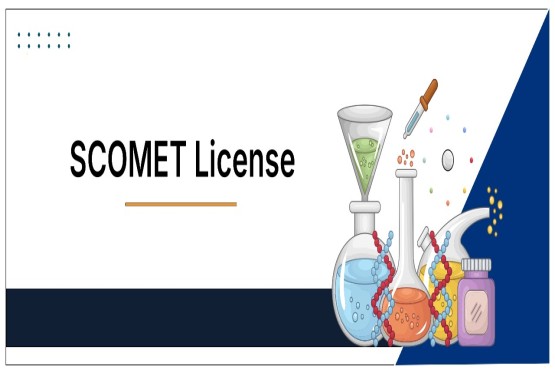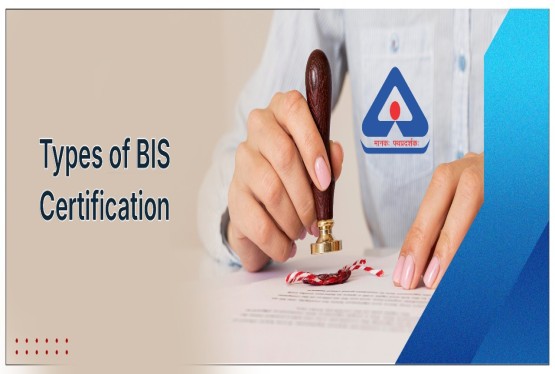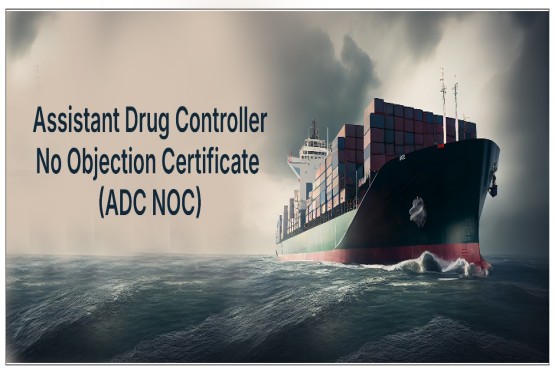The Ministry of Environment, Forest and Climate Change (MoEFCC) has issued the Plastic Waste Management (Amendment) Rules, 2025, effective from January 23, 2025. These amendments, under the Environment (Protection) Act, of 1986, aim to enhance transparency and accountability in managing plastic waste. The early notification provides stakeholders ample time to prepare, particularly for the new labelling requirements that take effect from July 1, 2025. This proactive approach underscores the government's dedication to tackling the challenges posed by plastic waste.
The Plastic Waste Management (Amendment) Rules, 2025, represent an update to the existing Plastic Waste Management Rules, 2016. These amendments are crucial in the context of India's escalating plastic waste problem, with an estimated generation of 3.5 million tonnes annually, a significant portion of which ends up in landfills and water bodies, causing substantial environmental damage.
Key Highlights of the Plastic Waste Management (Amendment) Rules, 2025
The amendments update the 2016 Plastic Waste Management Rules, emphasizing Extended Producer Responsibility (EPR). Key provisions include:
New Labelling Requirements (Effective July 1, 2025)
A major component of the amendment is the introduction of revised labelling requirements for plastic packaging, set to take effect on July 1, 2025. From this date, PIBOs are mandated to provide specific product information on their plastic packaging through one of the following methods: a barcode or Quick Response (QR) code printed directly on the packaging, inclusion of the information in a product information brochure accompanying the packaging, or by printing a unique number issued under any applicable law.
It is important to note that if a unique number is used, the provisions of Rule 11 of the existing Plastic Waste Management Rules, 2016, which pertain to marking and labelling, must be fulfilled before this number can be issued. The provision of multiple labelling options offers a degree of flexibility for PIBOs while ensuring that essential product information becomes readily available. The implementation deadline of July 1, 2025, provides approximately six months from the notification date, allowing businesses a reasonable timeframe to invest in the necessary technologies and systems for compliance
Notification to the Central Pollution Control Board (CPCB)
In addition to the new labelling methods, the amended rules stipulate that PIBOs must inform the Central Pollution Control Board (CPCB) about the specific method they have chosen to provide product information – whether it is through a barcode/QR code, a brochure, or a unique number.
Furthermore, the CPCB will play a crucial role in maintaining and regularly updating a list of these compliant PIBOs on its official website every quarter. This measure is designed to significantly enhance the traceability of plastic packaging, enabling both consumers and regulatory authorities to easily access pertinent details. The central role of the CPCB in maintaining a publicly accessible database increases transparency and allows for more effective monitoring and enforcement of the regulations. The public listing of compliant entities serves as an incentive for adherence and promotes accountability within the industry
Penalties for Non-Compliance
The Plastic Waste Management (Amendment) Rules, 2025, also introduce Rule 19, which explicitly outlines the penalties for any contravention of the rules . According to this provision, any individual or entity that fails to comply with the amended rules or violates any of their provisions will be liable to a penalty as prescribed under Section 15 of the Environment (Protection) Act, 1986 . This inclusion of a specific penalty clause within the Plastic Waste Management Rules provides a clear legal framework for taking action against non-compliant entities. The explicit mention of penalties underscores the seriousness with which the government views these regulations and is intended to act as a deterrent against non-compliance, thereby fostering greater adherence to the new guidelines.
Importance of the Plastic Waste Management (Amendment) Rules, 2025
The amendments are crucial due to the escalating plastic waste problem, which burdens municipal systems and causes environmental degradation. The emphasis on EPR aligns with the “polluter pays” principle, encouraging recyclable product design and efficient waste management. These rules also aim to curb illegal dumping, protecting ecosystems and public health. Court pronouncements, including Supreme Court directives, underscore the necessity for robust plastic waste management regulations, driving the MoEFCC to enact these stronger rules.
Contributions of these Rules on Environmental Sustainability
The Plastic Waste Management (Amendment) Rules, 2025, are expected to contribute significantly to environmental sustainability in India through several key mechanisms.
1. Enhanced Traceability of Plastic Packaging:
The new labelling requirements, including barcodes, QR codes, brochures, or unique numbers, will enable tracking of plastic packaging throughout its entire lifecycle. This makes it significantly easier to trace the origin and movement of plastic waste, facilitating better waste management and recycling efforts. This increased traceability helps in identifying points of leakage in the waste stream, allowing for targeted interventions.
2. Consumer Empowerment Through Information:
The use of QR codes on plastic packaging provides consumers with readily accessible information on proper recycling and disposal methods. This empowers consumers to make informed decisions about how to handle plastic waste, promoting responsible waste management practices at the individual level. Consumers will be able to get information from the manufactures about the type of plastic used, and how to recycle it.
3. Improved Efficiency of Waste Sorting and Collection:
QR codes and other labelling methods improve the efficiency of waste sorting and collection processes by enabling better identification of different types of plastics. This facilitates the segregation of recyclable and non-recyclable plastics, streamlining the recycling process and reducing contamination. This will allow for better automation in the recycling process.
4. Increased Accountability Among PIBOs (Producers, Importers, and Brand Owners):
The mandatory reporting of labelling methods to the Central Pollution Control Board (CPCB) ensures that PIBOs are transparent about their packaging practices. This increases accountability by requiring PIBOs to disclose how they are complying with the labelling requirements, fostering greater responsibility. The CPCB will create a list of compliant PIBOs, that will be available to the public.
5. Incentivized Compliance Through Penalties:
The imposition of penalties for non-compliance serves as a crucial incentive for PIBOs to adhere to the rules. This creates a deterrent effect, encouraging PIBOs to prioritize compliance and invest in sustainable packaging practices. The penalties will be under section 15 of the Environment (Protection) Act, 1986.
6. Promotion of a Circular Economy for Plastics:
These measures collectively support the broader goal of fostering a circular economy for plastics in India, where waste is minimized, and resources are utilized more efficiently. By promoting recycling and responsible disposal, the rules contribute to reducing the environmental impact of plastic waste and conserving resources. The rules are designed to make the producers responsible for the whole life cycle of their product.
7. Integration of Digital Technologies for Environmental Sustainability:
The integration of digital technologies like barcodes and QR codes into plastic waste management reflects a progressive step towards leveraging technology for environmental sustainability. These technologies enable better data collection and information dissemination, facilitating more effective waste management practices. This will allow for better tracking of data, and allow for better analysis of that data.
8. Strategy for Tackling Plastic Pollution:
The dual focus on enhancing transparency through labelling and reporting, coupled with the enforcement mechanism of penalties, suggests a comprehensive strategy for tackling plastic pollution in India. This multi-faceted approach addresses various aspects of plastic waste management, from production to disposal. This will allow for a more efficient way to tackle the problem of plastic pollution.
Conclusion
The Plastic Waste Management (Amendment) Rules, 2025, represent a significant advancement in India’s fight against plastic pollution. By introducing mandatory labelling, reporting, and penalties, these rules aim to enhance transparency and accountability among PIBOs. Influenced by judicial directives, these amendments have the potential to significantly improve plastic waste management. However, their success hinges on effective implementation and strong enforcement by the relevant authorities.
Frequently Asked Questions (FAQs)
Q1. What are the Plastic Waste Management (Amendment) Rules, 2025, and what is their main goal?
Ans. These are amendments issued by the Ministry of Environment, Forest and Climate Change (MoEFCC) to the existing Plastic Waste Management Rules, 2016. Their main goal is to enhance transparency and accountability in managing plastic waste in India.
Q2. Why were these amendments necessary?
Ans. These amendments are crucial due to India's escalating plastic waste problem, with an estimated generation of 3.5 million tonnes annually, a significant portion of which ends up in landfills and water bodies, causing substantial environmental damage.
Q3. What are the new labeling requirements introduced in these amendments?
Ans. From July 1, 2025, Producers, Importers, and Brand Owners (PIBOs) are mandated to provide specific product information on their plastic packaging through: a barcode or QR code printed directly on the packaging, inclusion of the information in a product information brochure, or by printing a unique number issued under applicable law.
Q4. What is the role of the Central Pollution Control Board (CPCB) in these new rules?
Ans. PIBOs must inform the CPCB about the specific labeling method they choose. The CPCB plays a role in overseeing compliance and ensuring that the necessary information is made available.
Q5. What is the significance of the Extended Producer Responsibility (EPR) mentioned in the amendments?
Ans. The amendments emphasize Extended Producer Responsibility (EPR), meaning producers are responsible for the entire lifecycle of their plastic products. This encourages manufacturers to design more recyclable products and establish efficient waste management systems.

_Rules,_2025_learn_crop6_thumb.jpg)










































































_crop10_thumb.jpg)




































































